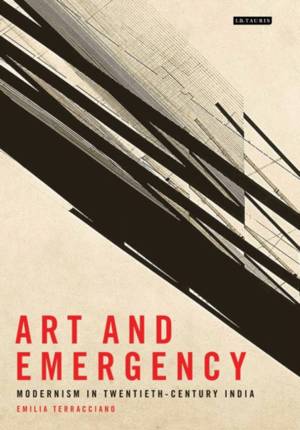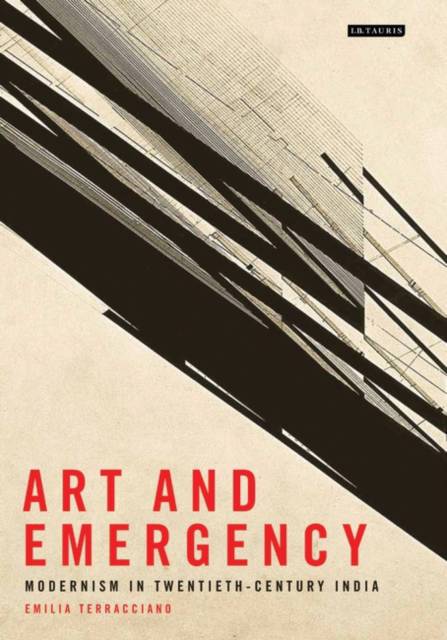
Door een staking bij bpost kan je online bestelling op dit moment iets langer onderweg zijn dan voorzien. Dringend iets nodig? Onze winkels ontvangen jou met open armen!
- Afhalen na 1 uur in een winkel met voorraad
- Gratis thuislevering in België vanaf € 30
- Ruim aanbod met 7 miljoen producten
Door een staking bij bpost kan je online bestelling op dit moment iets langer onderweg zijn dan voorzien. Dringend iets nodig? Onze winkels ontvangen jou met open armen!
- Afhalen na 1 uur in een winkel met voorraad
- Gratis thuislevering in België vanaf € 30
- Ruim aanbod met 7 miljoen producten
Zoeken
€ 190,95
+ 381 punten
Uitvoering
Omschrijving
During states of emergency, normal rules and rights are suspended, and force can often prevail. In these precarious intervals, when the human potential for violence can be released and rehearsed, images may also emerge. This book asks: what happens to art during a state of emergency? Investigating the uneasy relationship between aesthetics and political history, Emilia Terracciano traces a genealogy of modernism in colonial and postcolonial India; she explores catastrophic turning points in the history of twentieth-century India, via the art works which emerged from them. Art and Emergency reveals how the suspended, diagonal, fugitive lines of Nasreen Mohamedi's abstract compositions echo Partition's traumatic legacy; how the theatrical choreographies of Sunil Janah's photographs document desperate famine; and how Gaganendranath Tagore's lithographs respond to the wake of massacre. Making an innovative, important intervention into current debates on visual culture in South Asia, this book also furthers our understanding of the history of modernism.
Specificaties
Betrokkenen
- Auteur(s):
- Uitgeverij:
Inhoud
- Aantal bladzijden:
- 304
- Taal:
- Engels
- Reeks:
Eigenschappen
- Productcode (EAN):
- 9781784531096
- Verschijningsdatum:
- 30/12/2017
- Uitvoering:
- Hardcover
- Formaat:
- Genaaid
- Afmetingen:
- 160 mm x 236 mm
- Gewicht:
- 612 g

Alleen bij Standaard Boekhandel
+ 381 punten op je klantenkaart van Standaard Boekhandel
Beoordelingen
We publiceren alleen reviews die voldoen aan de voorwaarden voor reviews. Bekijk onze voorwaarden voor reviews.











